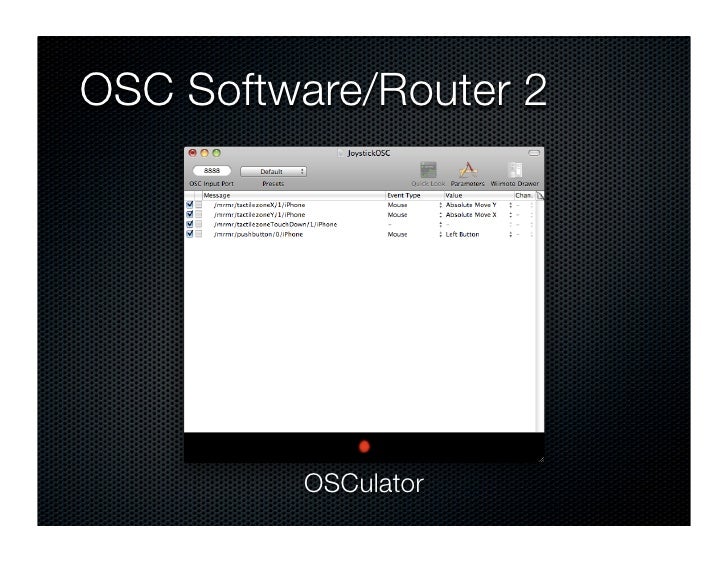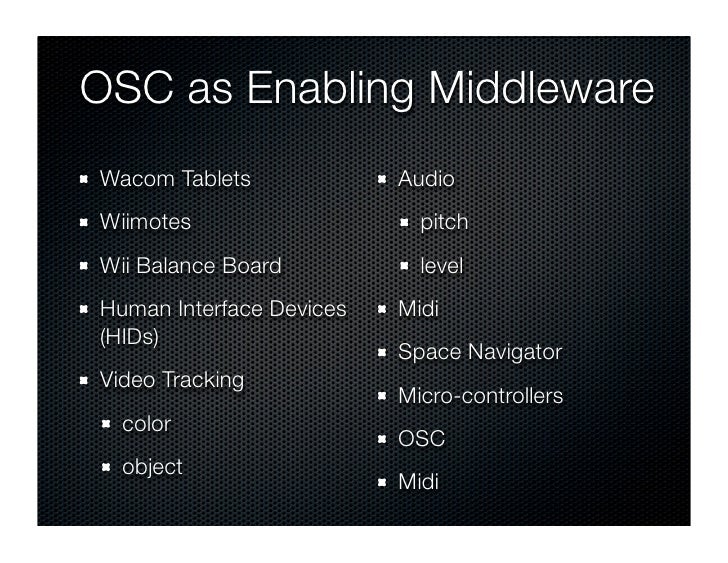

- #Audio units open sound control how to#
- #Audio units open sound control drivers#
- #Audio units open sound control driver#
- #Audio units open sound control license#
- #Audio units open sound control series#
If the rollback driver is grayed out, go to the next solution. Step 4: Click on the Roll Back Driver option and follow the on-screen prompts to roll back the driver to its previous version.Īfter that, check to see if the “a Conexant audio device could not be found” issue is solved.

Step 3: Select Properties and click on the Driver tab. Step 2: Expand the Sound, video and game controllers tab and right-click on the sound driver. Step 1: Press the Win + X keys and choose Device Manager to open it. So, to roll back the driver, the steps are as follows:
#Audio units open sound control drivers#
In some cases, drivers may not have been installed correctly and are compatible with the hardware being used by the computer that is triggering the issue.
#Audio units open sound control how to#
Well, how to fix this error? Here are a few methods by which you can resolve it. The error message is as follows: A Conexant audio device could not be found. In most cases, the problem is somehow related to the audio drivers installed on the computer. Solution 4: Use High Definition Audio Equipment.In this post from MiniTool Partition Wizard, we will discuss this issue in detail and see how to fix it easily.
#Audio units open sound control license#
* The DM7 Control controller comes with Broadcast Package/Theatre Package license codes giving users convenient access to additional specialized functionality, and requires DM7 firmware V1.5 or later.For many users who have Conexant SmartAudio HD installed on Windows 11 or Windows 10, upgrading to a newer version can cause the “ a Conexant audio device could not be found” problem. It is also an indispensable tool for Broadcast, Immersive productions, and any other application that can benefit from physical controllers.Ī DM7 Control can be attached to any DM7 console and operated as one mixer. It provides fast and reliable operation with User Defined Keys/Knobs and Scene Memory Keys for applications such as musicals that require perfectly timed triggers and scene changes, while transport keys assigned to User Defined Keys and Jog Wheel provide comfortable and quick operation for post-production applications that require efficient editing work. These suggestions will continue to evolve based on your feedback and recommendations.īy connecting a DM7 Control unit to a DM7 console via Ethernet cable, many physical controls such as User Defined Keys/Knobs, Scene Memory, Monitor Control, and Panner can be accessed quickly and conveniently in a number of applications. HA Assist suggests a suitable HA level according to the input signal level, Naming Assist uses input signal information to suggest an icon/channel name for each channel, and Fader Assist suggests fader balance for the assigned channel. Assist is a function that “suggests” HA adjustment, naming, and balanced fader levels-all audio engineering essentials- to help engineers focus on more creative work and communication, thereby reducing setup and preparation time.
#Audio units open sound control series#
The DM7 series newly added “Assist”, is an efficient new feature that takes care of important, but more procedural tasks, allowing operators to hone their creative workflow. Yamaha digital mixers have always evolved along with emerging technologies, and perhaps even more importantly, we have adapted a lot of their functionality and operability in response to feedback and input from the people that use our mixers on a daily basis. The input meters now also include a histogram display to help adjust HA levels. In cooperation with Dan Dugan Sound Design, a US company renowned for its proprietary algorithm-based automatic microphone mixer, the automatic mixer function can be conveniently accessed from the channel strip without the need for EQ RACK resources. The DM7 series also features the Dan Dugan automatic mixer with up to 64 channels in the channel strip as a standard feature. In addition, the order of EQ and Dynamics 2 can now be changed to suit your creative preferences, further expanding the range of sound creation. The “Mix Balance” parameter is yet another new function that allows you to easily mix the original sound with a compressed sound and apply parallel compression. In addition to the Channel EQ inherited from the RIVAGE PM, the newly added FET Limiter and Diode Bridge Compressor offer expanded dynamics control, while the new “History” function combines with the existing comps and gates for easier and more precise dynamics adjustment than ever. The DM7 series Channel Strip is equipped with numerous advanced functions for convenient, intuitive sound creation.


 0 kommentar(er)
0 kommentar(er)
